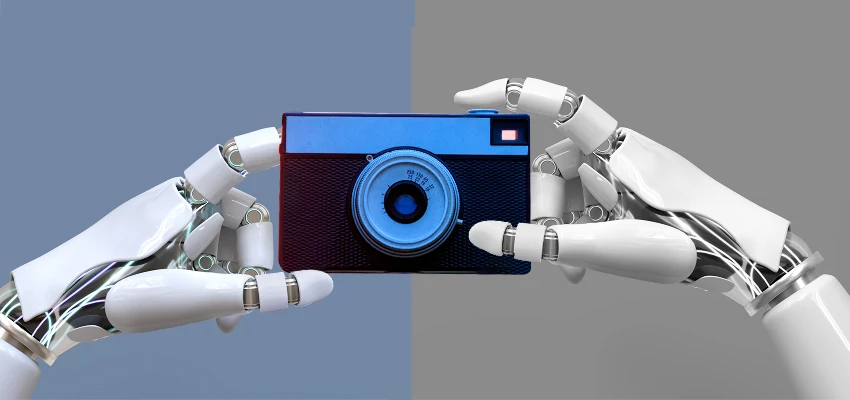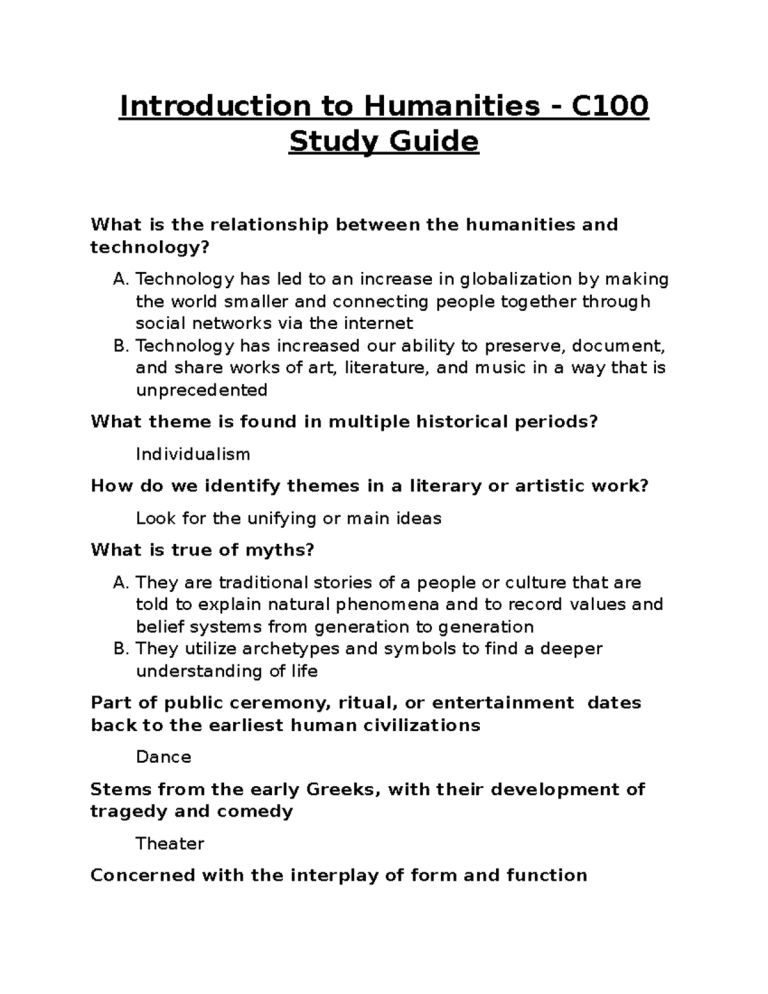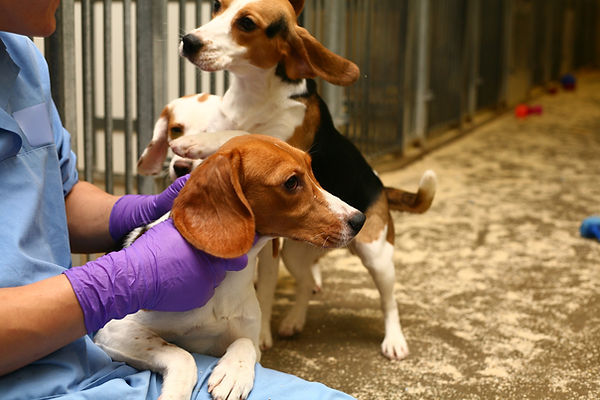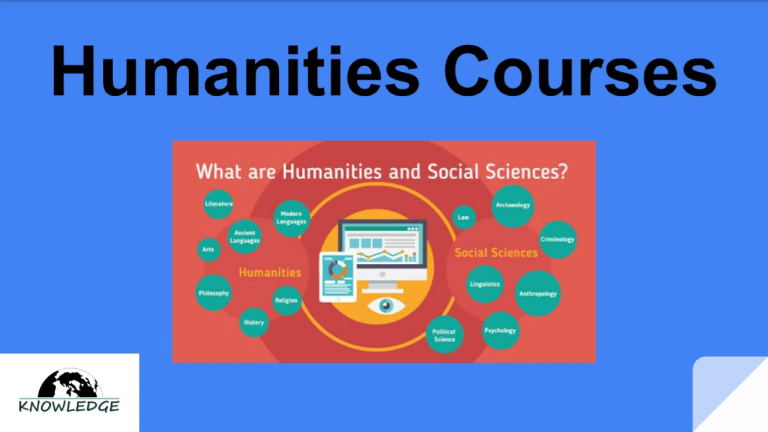AI in photojournalism is rapidly reshaping the landscape of visual storytelling, introducing both challenges and opportunities for the industry. As artificial intelligence photography techniques evolve, photojournalists face increasing concerns over copyright infringement and the authenticity of images, which can undermine public trust. However, Kira Pollack, a seasoned visual storyteller, believes that this same technology could hold the key to preserving valuable photo archives that encapsulate our world’s history. By utilizing AI, Pollack aims to provide solutions for the vast, often overlooked collections of professional photojournalists, ensuring their stories remain accessible. In addressing photojournalism challenges with innovative AI applications, we could redefine how we curate and engage with visual narratives.
The integration of artificial intelligence into the field of photojournalism is beginning to revolutionize how we capture and interpret images. This new technological era not only prompts a need to preserve historical photo archives but also raises deep concerns about maintaining the integrity of visual storytelling. As traditional photography grapples with the impact of AI-generated visuals, professionals in the industry are seeking ways to ethically incorporate these advancements into their work. By exploring novel techniques that harness the power of AI, photojournalists can actively combat misinformation while emphasizing the authenticity and depth of their art. Through a thoughtful approach, the potential exists to enhance the legacy of visual narratives, ensuring their value for future generations.
The Intersection of AI and Photojournalism
Artificial intelligence is increasingly becoming a fixture in various professional fields, and photojournalism is no exception. Kira Pollack, an advocate and Emmy award-winning visual storyteller, explores the dual-edged sword that AI represents for the industry. On one hand, it threatens the authenticity of photographic evidence through the rise of manipulated images and synthetic photography. On the other hand, if harnessed effectively, AI can serve as a powerful tool for preserving and enhancing the visual storyteller’s archive. By examining the possibilities AI offers, the unique challenge it presents, and the implications for photo integrity, Pollack aims to navigate this brave new world of images.
As AI technologies evolve, they challenge traditional notions of photojournalism. Pollack posits that understanding AI’s capabilities is essential for journalists to combat its potential drawbacks. The emergence of generative AI tools has created a landscape where any fabricated image can easily mislead the public. In response, Pollack emphasizes the importance of utilizing AI to safeguard the integrity of photographic archives while also acknowledging the need for ethical considerations. As photojournalists grapple with these significant shifts, it’s vital to explore innovative uses of AI that align with the core principles of visual storytelling.
Preserving Photo Archives with AI
Kira Pollack’s fellowship at the Shorenstein Center highlights the urgent need to protect the vast archives of photojournalism before they vanish into obscurity amidst the rapid technological changes. Archives represent not just files, but living histories that capture pivotal moments in time. Sadly, a staggering 95% of a photojournalist’s work goes unseen and unpublished, often relegated to forgotten boxes. Pollack’s work emphasizes the potential for AI to not only preserve these visual legacies but also to make them accessible for future generations. By employing AI in cataloging and organizing photo archives, there’s hope to breathe new life into these treasures while ensuring they remain part of the public record.
The process of preserving these photo archives using AI requires a delicate balance between ethical considerations and technological possibilities. Pollack collaborates with experts in the field to ensure that the use of AI serves the interests of both the photographers and the public. This includes safeguarding against unauthorized training datasets and maintaining the integrity of the original photographic context. Pollack’s research illustrates that, while AI poses challenges surrounding authenticity and ownership, it also has the potential to enhance the storytelling aspect of photojournalism by providing deeper insights into the narratives behind the images.
Visual Storytelling in the Age of AI
Visual storytelling has long depended on the power of photography to encapsulate and convey emotions through images. In an era where AI-generated content threatens to dilute the authenticity of photography, Kira Pollack advocates for leveraging AI to augment and enrich the narratives found within photojournalistic work. By employing sophisticated AI analytics, such as image recognition and contextual analysis, Pollack believes photojournalists can uncover new dimensions of meaning embedded in their work. This technological enhancement can help evoke deeper emotional connections in audiences, ultimately reinforcing the value of authentic visual stories.
Enhancing visual storytelling through AI does not mean relegating photojournalists to the sidelines; rather, it empowers them to wield technology as a partner in their craft. By embracing AI’s analytical capabilities, photojournalists can gain insights that might have previously eluded them, such as the emotional responses elicited by their images. AI can surface previously unknown connections between photographs, helping journalists narrate complex stories in more engaging and intuitive ways. As Pollack continues to explore this intersection, she sheds light on the potential for AI to revolutionize visual storytelling while preserving the authenticity photojournalism has always stood for.
Navigating the Challenges of AI in Photojournalism
Despite the transformative potential of AI, challenges abound that photojournalists must confront to protect the integrity of their craft. As Pollack pointed out, the risk of copyright infringement poses a significant threat as AI grows increasingly capable of generating photorealistic images. There is a pressing need for dialogue surrounding the ethical use of AI in the industry, particularly concerning the unauthorized use of photographers’ images for training AI models. As photojournalists navigate this complex landscape, they must balance the opportunities presented by AI against the necessity of protecting their creative rights and maintaining public trust in visual media.
The erosion of trust in visual storytelling due to AI-generated content calls for robust strategies within the photojournalism community. Engaging in comprehensive discussions around ownership, authorship, and ethical practices is essential. Pollack argues that photojournalists should proactively address these challenges by implementing proactive measures to preserve their work while also embracing innovative AI applications that respect and honor their contributions. By cultivating a collaborative approach, the photojournalism community can adapt to technological advancements and enhance its resilience in the face of evolving challenges.
Kira Pollack’s Vision for the Future of Photojournalism
Kira Pollack’s forward-thinking approach at the Shorenstein Center encompasses a vision that celebrates the rich tradition of photojournalism while embracing technological advancements. Pollack aims to foster dialogue across disciplines, engaging with technologists, ethicists, and journalists to explore the future of storytelling in light of AI’s evolution. Her research seeks to examine not just the potentials of AI, but also the ethical implications it carries for the wider photojournalism community. By placing a strong emphasis on values such as truth, authorship, and memory, Pollack seeks to inspire a reimagining of what responsible and impactful visual storytelling can look like.
The essence of Pollack’s work aligns with the need to protect the legacies of photojournalists while navigating the transformative power of technology. Instead of being deterred by AI’s potential repercussions, she envisions a harmonious coexistence where technology amplifies the art of photojournalism rather than distorting it. Pollack’s commitment to understanding the multifaceted landscape of AI and its impacts presents a guiding light for aspiring photojournalists and advocates of visual storytelling as they prepare for a future rich with both challenges and opportunities.
The Ethical Implications of AI in Photography
As artificial intelligence continues to permeate the fabric of photography, ethical considerations regarding its application and use become paramount. Photojournalism has always upheld principles of integrity and accountability, and the advent of AI raises questions about how these principles can be maintained amidst rapid technological change. Issues such as copyright infringement, the authenticity of images, and potential misuse of photojournalistic work highlight the need for an ethical framework surrounding AI technologies. Pollack emphasizes the importance of developing guidelines that not only protect photographers’ rights but also ensure that AI enhances rather than replaces the human touch in visual storytelling.
To navigate the ethical landscape shaped by AI, photojournalists must engage in conscientious discussions that explore how to leverage technology responsibly. This means establishing clear protocols for how AI tools are utilized in the industry, along with addressing the concerns related to data privacy, ownership, and the potential for misinformation. By proactively defining the ethics of AI in photography and creating standards for responsible use, the photojournalism community can work toward promoting a future where technological advancements fortify, rather than undermine, the essential values that define the craft.
AI and the Future of Visual Truth
Visual truth has been the cornerstone of photojournalism, providing audiences with honest accounts of the world as it unfolds. However, as AI technologies blur the boundaries of authenticity, questions arise about what constitutes visual truth in an age when images can be easily manipulated or generated without cameras. Kira Pollack’s research focuses on navigating this murky territory by exploring how AI can help reinforce, rather than compromise, this fundamental tenet of photography. By utilizing AI to analyze, catalog, and contextualize images, Pollack advocates for a future where photojournalism can thrive, firmly anchored in truth.
While AI presents real challenges, it also opens avenues for strengthening the authenticity of visual narratives. Pollack believes that leveraging AI to ensure that photographic evidence contributes positively to public discourse is vital. By implementing rigorous standards for the application of AI in photojournalism, practitioners can work to preserve not only the integrity of their craft but also the trust between the public and visual media. The ongoing exploration of AI’s role in photography will be crucial in shaping the landscape of visual truth as the industry adapts to the rapid advancements of technology.
Empowering Photographers through AI Solutions
The introduction of AI technologies presents an opportunity to empower photographers by providing them with tools that enhance their capabilities and streamline their workflows. Pollack envisions a future where AI assists photojournalists in not just preserving their archives but also elevating their narratives through intelligent analysis. By employing AI algorithms, photographers can effectively categorize thousands of images, enabling them to quickly find relevant photographs and contextualize their stories with depth and insight.
Furthermore, giving photography professionals access to AI-driven tools can enhance their productivity, freeing them to focus on the art and craft of storytelling. AI can assist in creating dynamic photo archives that are searchable and user-friendly, allowing photographers to engage with their audience on a deeper level. This empowerment through technology stands to enrich visual storytelling, fostering a collaborative environment where the creative instincts of photojournalists are amplified and their contributions valued.
The Role of Community in Adapting to AI Innovations
As the photojournalism community faces the challenges and opportunities posed by AI technologies, the role of collaboration and conversation cannot be understated. Pollack’s fellowship at the Shorenstein Center emphasizes the importance of building bridges between technologists, ethicists, and journalists to foster a nuanced understanding of AI’s implications for visual media. By working together, the community can create solutions that address the ethical dilemmas presented by AI while also embracing the potential to revolutionize the way stories are told through photography.
Community engagement will also drive the formation of best practices, ensuring that the values of photojournalism are upheld in the face of rapid technological change. Pollack encourages photojournalists to actively participate in dialogues that shape the future of their craft. By sharing insights and experiences, photojournalists can contribute to the evolution of ethical standards and develop a collective consciousness around the responsible use of AI in their field. Ultimately, fostering a rich community dialogue will shape a future where photojournalism can remain relevant and vital amid ongoing technological transformations.
Frequently Asked Questions
How is AI influencing the challenges faced by photojournalism?
AI’s influence on photojournalism is multifaceted. On one hand, it poses challenges such as copyright violations and the emergence of synthetic images that blur the lines between real and fabricated visuals, potentially undermining public trust in journalism. Conversely, AI can be leveraged to address significant challenges in the industry, such as the preservation of photo archives and enhancing visual storytelling capabilities. By utilizing AI, photojournalists can catalogue, organize, and make their vast archives more accessible while maintaining integrity and authenticity.
What role does Kira Pollack see for AI in preserving photojournalism archives?
Kira Pollack envisions AI as a crucial tool for preserving the archives of photojournalists, which serve as vital records of historical events. She argues that AI can help create an organized, searchable database of images that protect the rights of photographers while providing a more immersive storytelling experience. Her research focuses on using AI to unlock and maintain the integrity of these archives, ensuring that the visual history captured by photojournalists is not lost amid the growing challenges posed by digital advancements.
What are the ethical concerns related to AI in photojournalism?
The ethical concerns surrounding AI in photojournalism primarily revolve around issues of copyright, ownership, and trust. There are substantial worries about AI systems using photographers’ work without permission to train models, raising questions about authorship and protection of creativity. Additionally, the use of generative AI technologies to create photorealistic images can exacerbate confusion about what is real, further eroding public trust in visual journalism. It is vital for the industry to develop standards that ensure AI’s application reinforces the values of truth and integrity in photojournalism.
How can AI improve visual storytelling in photojournalism?
AI has the potential to significantly enhance visual storytelling in photojournalism by analyzing and interpreting complex images and the narratives behind them. By employing advanced algorithms, AI can catalog photos, highlight essential elements of a story, and draw attention to emotional contexts or key themes, allowing journalists to convey deeper messages. This capability not only helps in organizing vast archives but also enriches the storytelling process by contextualizing images in a more dynamic and interactive manner.
What specific projects is Kira Pollack working on to address photojournalism’s future with AI?
Kira Pollack is currently conducting a series of case studies in collaboration with photojournalists and engineers to evaluate the impact of AI on interpreting conflict photography and preserving visual archives. Her work includes analyzing significant historical moments and assessing AI’s capability to extract meaningful narratives from images. These projects aim to determine how AI can responsibly unlock and organize vast troves of photojournalism while preserving the essential qualities of truth and authorship.
What does Kira Pollack hope to achieve through her Shorenstein Fellowship?
Through her Shorenstein Fellowship, Kira Pollack aims to deeply engage with the broader implications of AI’s impact on photography and journalism. She hopes to stimulate interdisciplinary dialogue involving technologists, ethicists, journalists, and policymakers to explore the evolving landscape of visual storytelling. Her goal is to ensure that the challenges and potential of AI are examined thoughtfully, ultimately contributing to the preservation of the core values of journalism—truth, authorship, and historical memory.
How can AI address the impending risks to photojournalism’s future?
AI can address emerging risks to photojournalism’s future by offering innovative solutions to protect and manage photo archives that document critical moments in history. By ensuring these archives are meticulously cataloged and contextualized, AI can help maintain access to visual stories that might otherwise be lost. Additionally, AI can support ethical practices in the industry, providing a framework for responsibly utilizing digital content and reinforcing the importance of authenticity and credibility in the face of rapidly evolving technology.
| Key Points | Details |
|---|---|
| Challenges in Photojournalism | AI poses threats like copyright violations and the creation of synthetic images that blur trust and authenticity. |
| Kira Pollack’s Research | As a Shorenstein fellow, she explores how AI can preserve the archives of professional photojournalists. |
| Importance of Archives | Archives hold invaluable visual history, with many images unseen and at risk of being lost. |
| Using AI for Preservation | AI can help catalog and contextualize vast archives of images while maintaining ethical standards. |
| AI’s Dual Nature | While AI can generate images, its application in archiving can reinforce visual truth through responsible management. |
| Engagement with Technology | Pollack emphasizes understanding AI’s implications for photography rather than succumbing to technological pressures. |
| Hope for the Future | The fellowship aims to foster dialogue across disciplines regarding the future and core values of journalism. |
Summary
AI in photojournalism is a double-edged sword, simultaneously imperiling the integrity of visual storytelling and offering innovative solutions for its preservation. Experts like Kira Pollack are at the forefront of investigating how AI can be harnessed to catalog and safeguard the vast archives of photojournalists, ensuring that the visual history of our world is maintained and accessible. As the industry faces the challenges posed by emerging technologies, understanding how to ethically integrate AI becomes paramount to uphold the values of truth and memory in journalism.




